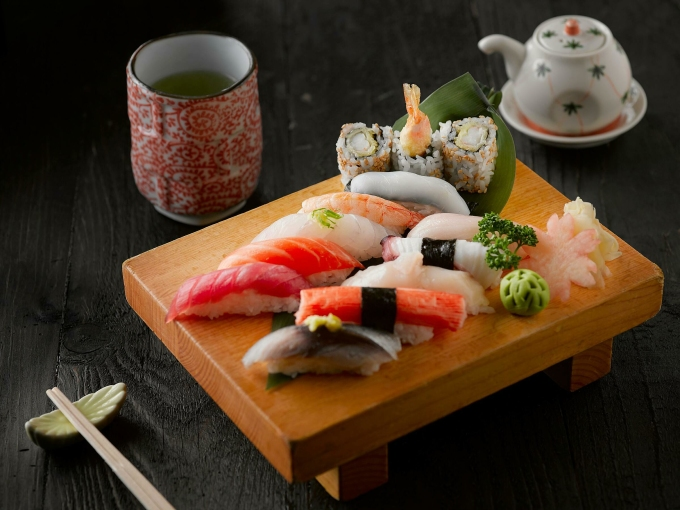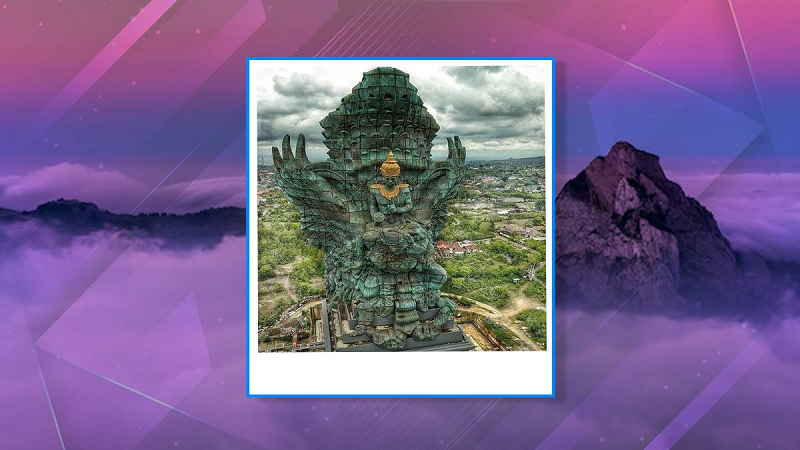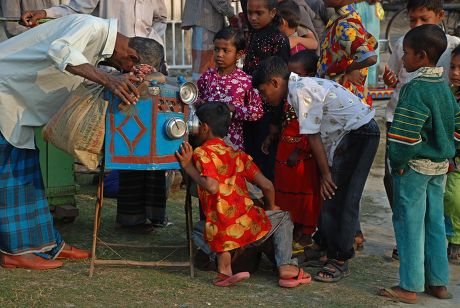India is known for the diversity and specialty of its cuisine. Apart from Bollywood and cricket, if the whole world exemplifies something of India, then it is the food here. Here you will get to taste more than one flavor. The Indian plate is so full of variety that it is difficult to tell which one came from where. Some dishes of the country make your mouth water just by mentioning their name. But do you know that there are some indigenous dishes of the country which are not the produce of India but of foreign countries? Today we are going to tell you about some such dishes here which have become an important part of our daily life but they have come from abroad. Let's know about them...

Beans
Rajma, which is very much liked in North Indian homes, is not from India. Initially, Rajma was not even grown anywhere in India, it came to India with the Portuguese. Even the recipe for soaking, boiling, and then seasoning kidney beans comes from Mexico. But yes, with the tempering of our native spices, we have given a different flavor to Rajma.
Samosa
There is less money in your pocket and you have to give treats to your friends. In such a situation, the first thing that comes to mind is Samosa. It has become associated with Indian people in such a way that people now consider it as Indian. Whereas samosa never belonged to India. It was introduced to India by traders from the Middle East between the 13th and 14th centuries. The amazing thing is that even after centuries of travel, its taste remains in people's tongues. From time to time, many types of experiments are done with it.
Jalebi
Talking about the history of Jalebi, it was made in the Middle East. It was originally named 'Jalabiya' (Arabic) or 'Jalibiya' (Persian). After coming to India, it became Jalebi, and then inspired by this, Imarti was made which was made for the first time in Mughal kitchen. The combination of Rabri with Jalebi is very much liked all over the country today.
Sweet dish
The Gulab Jamun we know today is a fried ball of khoya soaked in sugar syrup. But did you know that it was never meant to be made that way? Before Gulab Jamun became a major Indian dessert, Persians used to eat it soaked in pure honey, which had a completely different taste. By the time Luqamat al-Qadi (the original name of Gulab Jamun) reached India, it had changed a lot and became the dessert that people can't control themselves from seeing.

Rice and lentils
Apart from Maggi, there is only dal rice, which is prepared in the blink of an eye. It is also known by other regional names like Dal-Bhat. You may find it a simple Indian dish. But he is not an Indian. It is actually of Nepali origin. It came to India via North India and spread throughout the region. Surely the next time someone will tell you that dal-chawal is desi and Indian. So you will be able to correct it.
Biryani
You would not have thought at all that Biryani can be foreign. But it is true! Biryani of Kolkata, Hyderabad, and Lucknow may be famous but this dish also originated in Persia. In Persian, it was called Biryan, which means fried before cooking.
Chicken Tikka Masala
This North Indian favorite is believed to have originated when a chef in Glasgow added tomato soup to chicken curry to please a customer. This new dish became so popular that it spread from Scotland to India. So the next time you eat chicken tikka masala, don't forget to thank the person who invented it!
Naan
Tandoori Naan is mostly preferred with chicken dishes. Many people consider it Indian, but do you know that Naan was also first made by the Persians? With them, it reached India and made a place in the hearts and stomachs of Indians.

Tea
Whether you are a tea lover or not, but you cannot ignore it in India. It is one of the most widely grown and consumed teas in India but this tea originated in China. The Chinese used tea as a medicinal drink. Then the British decided to bring it to India. The British also taught the art of tea cultivation to the people of North-East India and since then tea has become the soul of India.
(PC: Lifeberrys)










